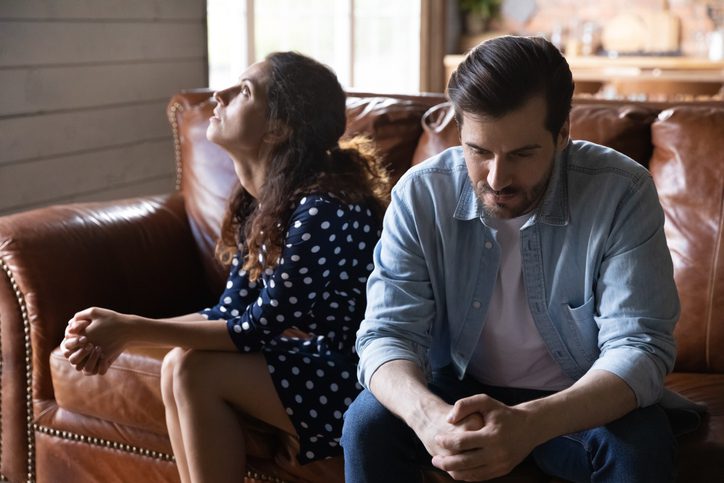At this point, there is little excuse for not being aware of the severity of opioid use disorder in the United States. For nearly two decades we’ve been bombarded with news story after news story about the dangers of prescription opioids, prescribed or not. Addiction does not discriminate, with no better example being the scale and scope of the epidemic devastating families across the country. Anyone from your teenage son to your grandma is eligible for developing a substance use disorder. Creed, race and socio-economics have zero-bearing on who can get caught in the spider web of addiction.
In the past, we have written several posts about the cause of the opioid addiction epidemic in America. Most notably being overprescribing of and an overreliance on this highly addictive and deadly class of narcotics. Education and prevention measures have been sparse until recently, which is why many Americans still don’t believe drugs like OxyContin (oxycodone) or Vicodin (hydrocodone) are that dangerous, which is one the reasons why opioid painkillers are widely diverted. Even people who understand the inherent risk of opioid use, still will not hesitate to divert some of their pills to friends or family members.
Are Americans not fearful enough of the risk of overdose to themselves or their loved ones? While that is a question well worth debating, the fact remains that many young people lose their lives from taking pills they acquired in the family medicine chest. A public service announcement that we shared with you in February during the Super Bowl pointed out that:
“Teenagers, are more likely to lose their life from an overdose than gun fire. Lock up your prescription medication. Dispose of unwanted medication properly.”
National Prescription Drug Take-Back Day
This Saturday, April 29, 2017, Americans across the country are strongly encouraged to do their part in preventing illicit use and overdose by disposing of their unused or unwanted prescription drugs. While opioids are responsible for the greatest amount of overdose, collection sites will take whatever you have; prescription narcotics like benzodiazepines and amphetamines are both addictive and can be deadly as well.
Hospitals, pharmacies, police/fire stations and beyond will be collecting medication between 10am-2pm. Last year, disposal sites collected a whopping 893,498 pounds (about 447 tons) of unwanted prescription drugs, according to the Drug Enforcement Administration (DEA). National Prescription Drug Take-Back Day events have become more effective and efficient with each year that passes. It is hard to quantify the number of lives saved by the over 400 tons of medication that were not diverted. DEA Acting Administrator Chuck Rosenberg said:
“Unwanted, expired or unused prescription medications are often an unintended catalyst for addiction. Take-Back events like these raise awareness of the opioid epidemic and offer the public a safe and anonymous way to help prevent substance abuse.”
At Cottonwood, we hope that everyone does their part to prevent medication diversion. For more information on locating a collection site, please click here.
Seeking Help
A significant number of active opioid addicts started down the road of dependence by opening the family medicine cabinet. How one became addicted is not as important as what is to be done about it. Opioids, prescription or otherwise, are extremely difficult drugs to withdraw and recover from, but it is not only possible—your life depends upon it. The longer opioid addiction goes untreated, the higher the likelihood of an overdose. Please contact Cottonwood Tucson to begin the lifesaving process of recovery.








